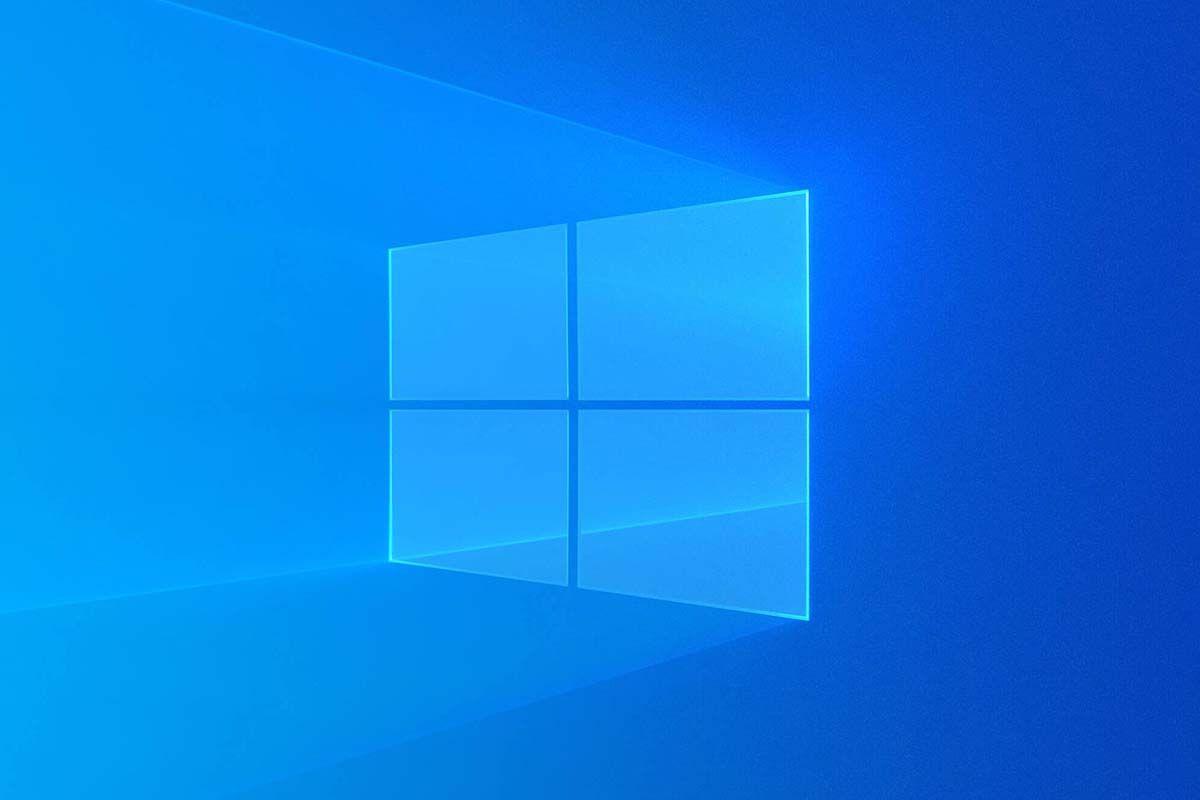Microsoft released the Windows 10 May 2021 Update, also known as version 21H1, last month. Starting today, it's opening up the feature update to more users, but still to 'seekers'.
Here's how it works. When you hit check for updates, your PC will find Windows 10 version 21H1, and then you'll see a message in Settings that will give you the option to install it. If you choose that option, you're considered a seeker. These are the first people that Microsoft offers feature updates to.
Now, the Windows 10 May 2021 Update will be offered to more seekers, as noted in an update today. It's still a phased rollout, and this is just the next phase. The phase after this will probably be offering it to all seekers, but the Redmond firm still isn't going to install Windows 10 version 21H1 on your laptop automatically. The only time feature updates get installed automatically anymore is if the version you're running is nearing the end of support.
This is a boring update, and it's supposed to be that way for a number of reasons. The excuse that Microsoft made was that it didn't want to have a major update that could cause instability while so many people are working from home.
The actual reason was that the Redmond company was working on Windows 10X, and then later Windows 11. Windows 10X was supposed to be a new, modern, dual-screen operating system that would ship with the Surface Neo. It was later repurposed for single-screen devices, and then scrapped. It's also the reason that both Windows 10 20H2 and 21H1 were minor updates like this, because that's where development resources were going.
But now that Windows 10X isn't happening, those resources are going toward Windows 11. We're set to find out more about that later on this week, but if you still don't have 21H1, you can try checking for updates again to get it.

